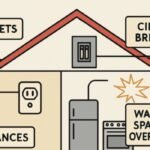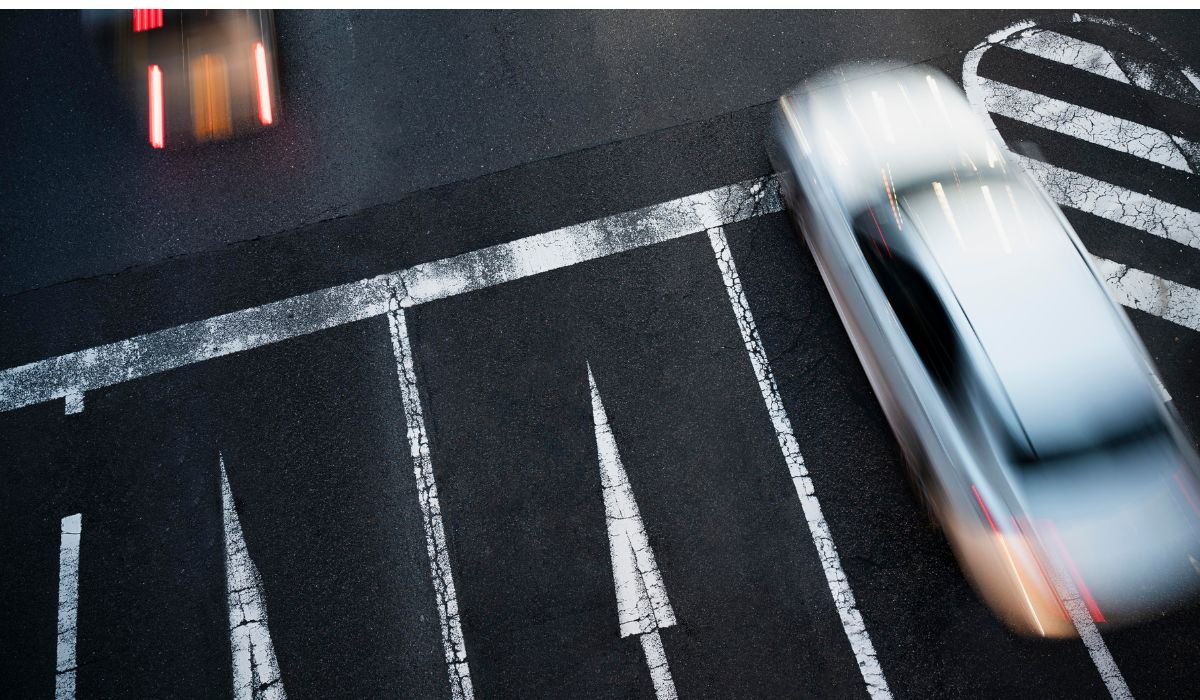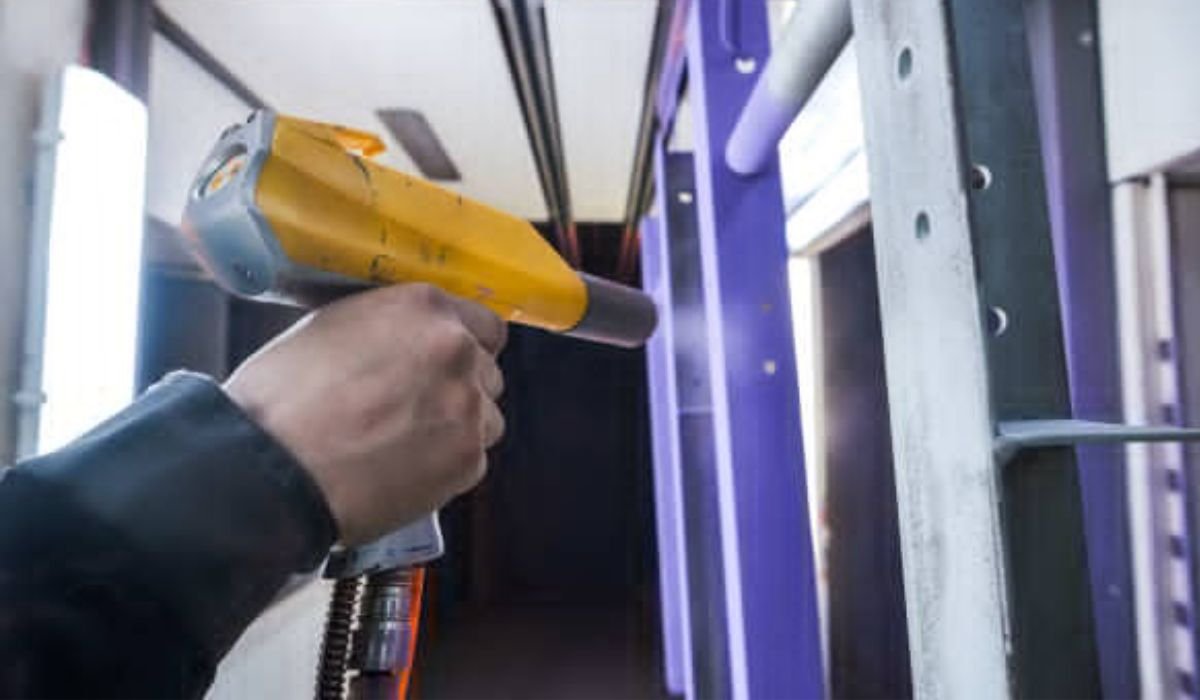Key Takeaways
- Road defects such as potholes, poor drainage, and faded markings play a significant role in traffic accidents.
- Public agencies or contractors can be held liable when failure to maintain roads leads to injuries or vehicle damage.
- Reporting hazards and supporting infrastructure improvements contribute to safer driving conditions.
While many assume driver error is the leading cause of car accidents, roadway conditions pose hidden dangers. Poor infrastructure—like potholes, uneven pavement, and missing signage—can turn ordinary drives into dangerous journeys. When these defects contribute to accidents, a road defect accident lawyer can help injured parties explore their legal rights and seek compensation. Understanding these hazards is key to reducing risks and improving roadway safety for all users.
Government agencies and contractors are responsible for maintaining roads, yet oversight issues, budget limitations, and slow response times often leave problems unaddressed. Awareness of these conditions and how to respond can help drivers stay safer and hold the right parties accountable.
Common Road Defects and Their Impact
Thousands of accidents each year are directly linked to roadway defects. While distracted driving often takes center stage, the following common issues quietly endanger drivers daily:
- Potholes: These sudden holes in the pavement can lead to tire blowouts or suspension damage. When drivers swerve to avoid them, it can cause collisions with nearby vehicles.
- Uneven Pavement: Bumpy or crumbling surfaces can cause drivers to lose control, especially at high speeds or in wet weather. This damage also leads to costly repairs and increases crash risk.
- Inadequate Signage: Missing or unclear signs make it harder for drivers to anticipate turns, exits, or hazards. Confusion often results in abrupt stops or missed cues that trigger accidents.
- Poor Drainage: Standing water on the road increases the likelihood of hydroplaning. Without proper drainage, vehicles can skid or slide into other lanes or off the road.
- Faded Lane Markings: Diminished visibility of road lines at night or during storms makes lane discipline difficult, increasing the risk of sideswipe and head-on collisions.
Liability and Responsibility for Road Maintenance
While every driver bears responsibility for safety, maintaining road conditions typically falls on public agencies and contractors. Determining liability in road defect cases depends on several factors:
Government Agencies: State and local transportation departments are legally obligated to inspect and repair roads. If a hazard is reported and not resolved in a timely manner, the agency may be liable.
Contractors: Private companies working on road projects can also be responsible for defects. Poor construction or failure to post warning signs during active work zones can lead to dangerous conditions.
Property Owners: When private driveways or access roads connect to public routes, owners must maintain clear visibility and signage. Failure to do so can create collision risks at intersections.
If you’re injured in a crash possibly caused by road conditions, knowing what to do after a car accident in SC is essential. This includes reporting the accident to law enforcement, documenting the scene, gathering witness information, seeking medical attention, and consulting a qualified attorney to evaluate fault and legal options.
Legal claims against public agencies are often challenging due to immunity protections and strict deadlines. Victims may need experienced legal counsel to navigate these complexities.
Preventive Measures and Reporting
Improving road safety requires both government oversight and active participation from the public:
- Routine Inspections: Transportation agencies should conduct frequent checks, especially after storms or high-traffic events, to spot emerging hazards early.
- Public Reporting: Drivers can report dangerous conditions through hotlines, city websites, or mobile apps. Cities like Los Angeles and Chicago use smartphone platforms that let users upload photos and locations of road defects for quick response.
- Community Advocacy: Public support for infrastructure funding and road safety reforms pressures officials to act. Research from the Center for American Progress highlights how increased investment could significantly enhance safety and economic well-being.
When agencies and citizens work together, risks from poor roads can be reduced substantially.
Technological Advancements in Road Maintenance
Emerging technology is transforming how road defects are identified and addressed:
- AI and Drones: Automated inspection systems using sensors and cameras can detect cracks, potholes, and surface irregularities in real time, allowing for faster and more effective repairs.
- Mobile Apps: Some states use apps that let citizens report road damage with GPS tagging, streamlining repair workflows, and holding agencies accountable.
- Data Analytics: Cities can now prioritize repairs based on usage data and crash reports, focusing efforts on high-risk areas first.
When paired with consistent funding and political will, these tools offer real promise for safer roads in the years ahead.
Conclusion
Hazardous road conditions are a serious, often overlooked contributor to car accidents. These defects endanger drivers, cyclists, and pedestrians from potholes to poor signage. Holding responsible parties accountable and promoting infrastructure investment is essential for long-term road safety. Whether you’re a driver, advocate, or policymaker, recognizing and acting on these dangers can help prevent accidents and save lives.











